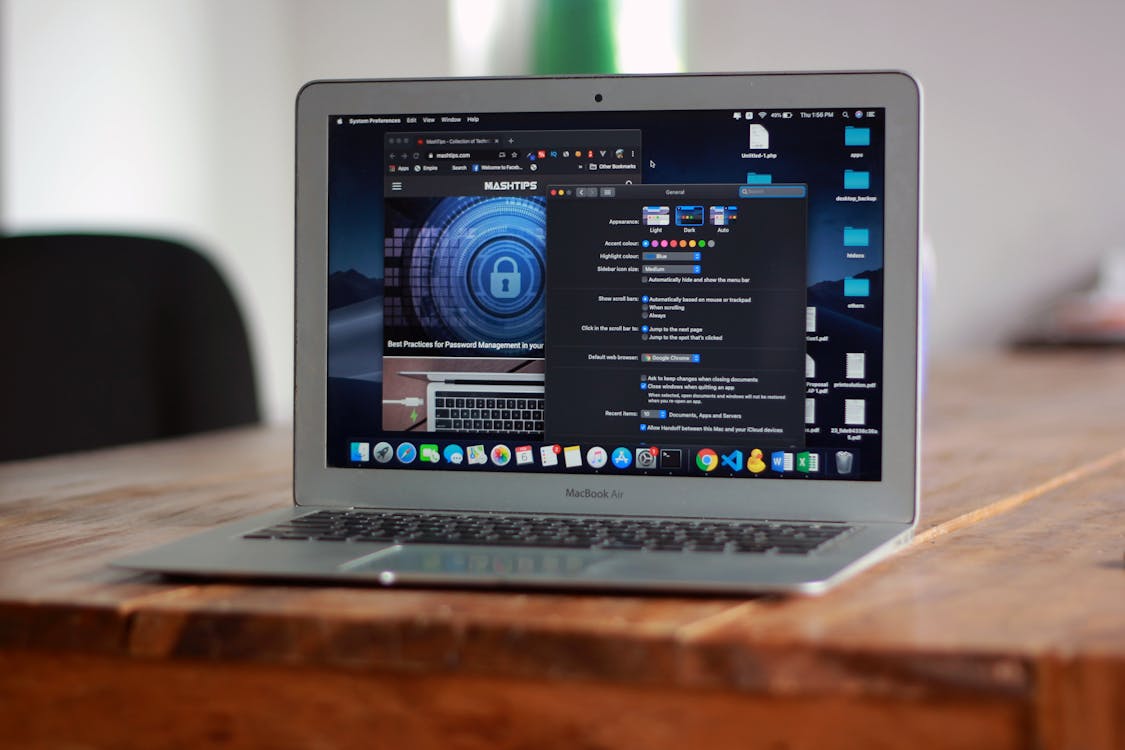10 Real-World Applications of IoT You Probably Use Without Knowing
Introduction: The Quiet Integration of IoT
In today’s digital age, the Internet of Things (IoT) has seamlessly woven itself into the fabric of our daily lives. Often operating behind the scenes, IoT devices collect and exchange data to enhance convenience, efficiency, and connectivity. From the moment we wake up to the time we go to bed, IoT applications are at work, often without our conscious awareness.
This article explores ten real-world IoT applications that have become integral to our routines, highlighting how these technologies function and the subtle ways they influence our daily experiences.
Smart Home Devices: Enhancing Domestic Life
Smart home technology has revolutionized the way we interact with our living spaces. Devices like smart thermostats, lighting systems, and voice-activated assistants adjust settings based on our preferences, learning from our behaviors to optimize comfort and energy efficiency. For instance, a smart thermostat can lower the heating when the house is empty and warm it up just before you return, ensuring a comfortable environment while conserving energy.
Security has also seen significant advancements with IoT. Smart locks and surveillance cameras allow homeowners to monitor and control access remotely, providing peace of mind and enhanced safety. These systems can send real-time alerts to your smartphone if unusual activity is detected, enabling prompt responses to potential threats.
Kitchen appliances have joined the IoT ecosystem as well. Smart refrigerators can track food inventory, suggest recipes based on available ingredients, and even notify you when items are nearing their expiration dates. This integration helps reduce food waste and streamlines meal planning.
While these innovations offer convenience, they also raise concerns about data privacy and security. Manufacturers and users must prioritize safeguarding personal information to maintain trust in these technologies.
Wearable Technology: Monitoring Health and Fitness
Wearable devices like fitness trackers and smartwatches have become ubiquitous, providing users with real-time data on various health metrics. These gadgets monitor heart rate, sleep patterns, physical activity, and more, empowering individuals to take proactive steps toward better health.
Beyond personal fitness, wearables play a crucial role in healthcare. They can alert users to irregular heart rhythms, prompting timely medical consultations. Some devices even offer electrocardiogram (ECG) capabilities, providing valuable data to healthcare professionals for diagnosis and treatment planning.
In clinical settings, IoT-enabled wearables assist in remote patient monitoring. Patients with chronic conditions can be observed continuously, allowing for early detection of potential issues and reducing the need for frequent hospital visits. This approach enhances patient care and alleviates the burden on healthcare systems.
As with other IoT applications, ensuring the security and privacy of health data is paramount. Robust encryption and compliance with healthcare regulations are essential to protect sensitive information.
Connected Vehicles: Driving into the Future
Modern vehicles are increasingly equipped with IoT technologies that enhance safety, navigation, and entertainment. Features like real-time traffic updates, predictive maintenance alerts, and in-car Wi-Fi transform the driving experience, making it more efficient and enjoyable.
Advanced driver-assistance systems (ADAS) utilize sensors and cameras to monitor surroundings, providing lane departure warnings, adaptive cruise control, and automatic emergency braking. These innovations contribute to reducing accidents and improving road safety.
Fleet management has also benefited from IoT integration. Companies can track vehicle locations, monitor driver behavior, and optimize routes, leading to cost savings and improved service delivery. This level of oversight enhances operational efficiency across various industries.
However, the connectivity of vehicles introduces potential cybersecurity risks. Manufacturers must implement stringent security measures to prevent unauthorized access and protect user data.
Smart Agriculture: Cultivating Efficiency
Agriculture has embraced IoT to address challenges related to food production and resource management. Sensors placed in fields monitor soil moisture, temperature, and nutrient levels, enabling farmers to make data-driven decisions about irrigation and fertilization. This precision agriculture approach optimizes crop yields while conserving resources.
Drones equipped with imaging technology survey large tracts of land, identifying areas affected by pests or diseases. Early detection allows for targeted interventions, reducing the need for widespread pesticide use and minimizing environmental impact.
Livestock management has also improved through IoT applications. Wearable devices track animal health and behavior, alerting farmers to potential issues such as illness or stress. This proactive monitoring enhances animal welfare and farm productivity.
Despite the benefits, the adoption of IoT in agriculture requires investment in infrastructure and training. Ensuring that farmers have access to the necessary tools and knowledge is essential for widespread implementation.
Retail Innovations: Enhancing the Shopping Experience
Retailers are leveraging IoT to create personalized and efficient shopping experiences. Smart shelves equipped with sensors monitor inventory levels in real-time, alerting staff when restocking is needed and reducing instances of out-of-stock items.
Beacons and mobile apps interact with customers’ smartphones, offering tailored promotions and product recommendations based on browsing history and in-store behavior. This targeted marketing approach increases customer engagement and sales.
Self-checkout kiosks and mobile payment options streamline the purchasing process, reducing wait times and enhancing convenience. Additionally, IoT-enabled supply chain management systems track products from manufacturer to shelf, ensuring transparency and efficiency.
As retailers collect vast amounts of consumer data, maintaining privacy and securing information against breaches is a critical concern that must be addressed proactively.
